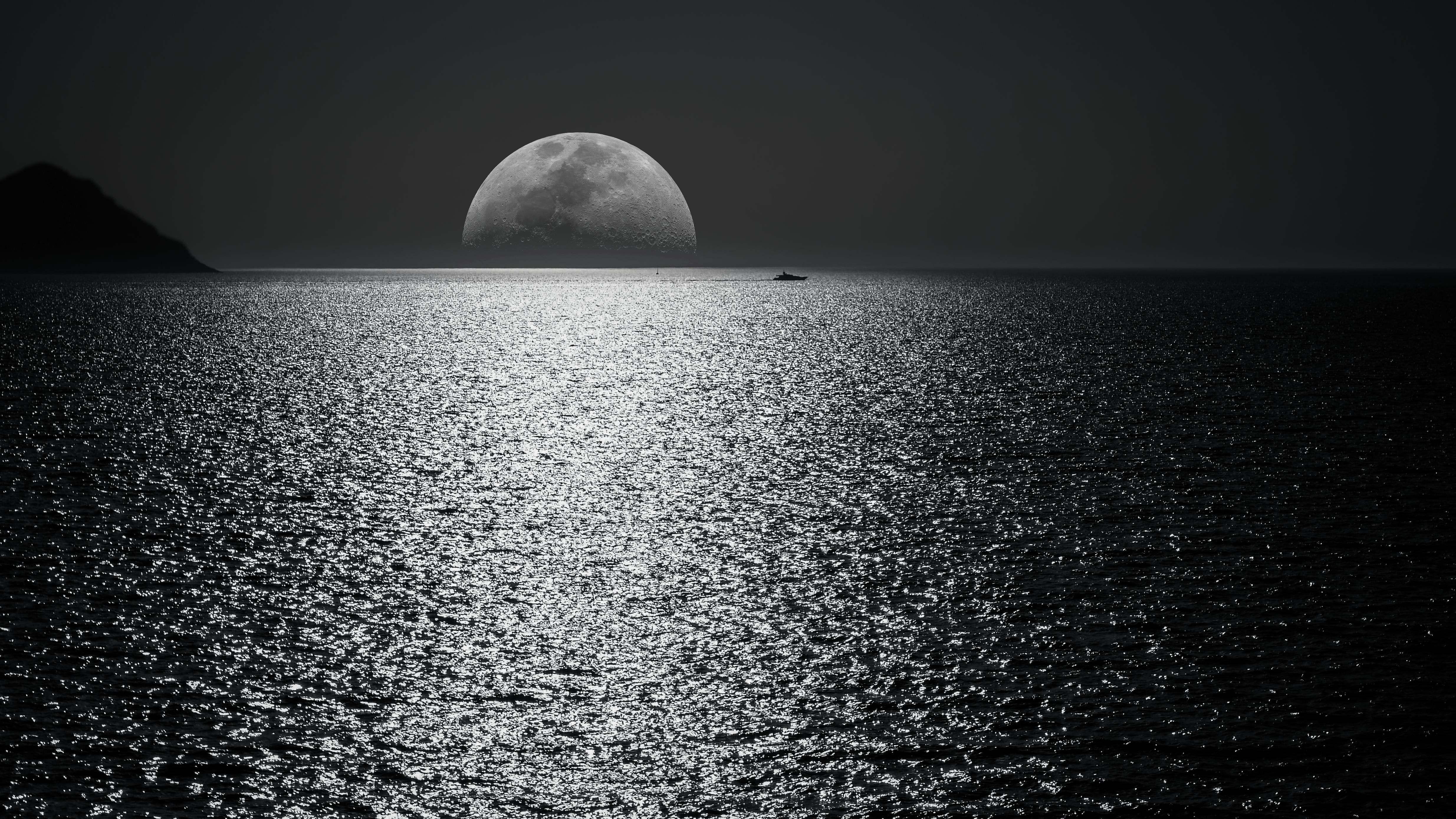Edgeworthia Crisantha
Although it is a member of the Thymelaeaceae, the family that includes Daphnes, it would be hard to imagine a plant less similar to a Daphne at first glance. However, if you are familiar with the deciduous Daphne genkwa, there is a hint of resemblance there.
The genus comprises three very similar species from China and Japan. It is named after Michael Pakenham Edgeworth (1812-81), a part-time botanist, plant collector, and employee of the East India Company.
The plant that grows in our gardens and is sold at garden centers is commonly called E. papyrifera, which is actually a different species. There is some confusion about this, even among botanists. Apparently, E. papyrifera has white flowers, not the yellow ones of E. chrysantha, although some botanists consider them to be variations of a species.
Edgeworthia chrysantha is a densely wooded deciduous shrub. It grows about 1.2-1.8m tall by 1.5m wide. Its 12.5-17.5 cm long pointed oval leaves are soft green with prominent midribs and are felty when young.
The foliage is attractive, especially when young, but this is a plant grown for its flowers. They are bright yellow aged to creamy white, tubular, and about 1 cm long. Individually they are not much, but they are densely packed in 8cm diameter globose heads. They are very fragrant and open until late winter from buds that have been evident since late fall.
The flowers are followed by dried purplish-green berries technically known as drupes.
This is an often underrated shrub and I would be the first to admit that it is not always instantly attractive. At first, its rather sparse growth and very heavy branches may seem grotesque. But over time, these things tend to get overlooked in favor of the delicate coloration and fragrance of the flowers and the beauty of the new foliage.
Moist, well-drained, humus-enriched soil in partial shade is best, the kind of conditions you would give your rhododendrons and camellias, or for that matter your daphnes. It is hardy to around -15°C and thrives in a cool temperate climate. It is propagated by semi-ripe cuttings, aerial layers or seeds.
Try Edgeworthia, it’s not difficult to grow and although it’s bare for much of the year it has its moment of glory when it blooms and definitely has that ‘weird’ appeal that makes it a collector’s item.
